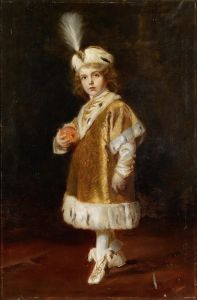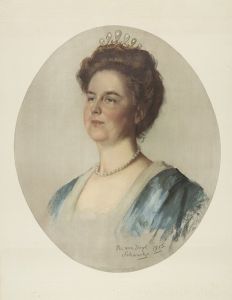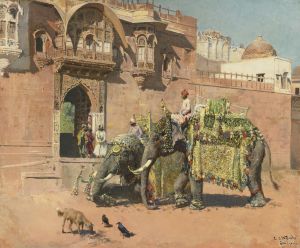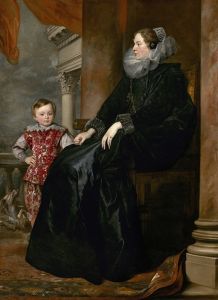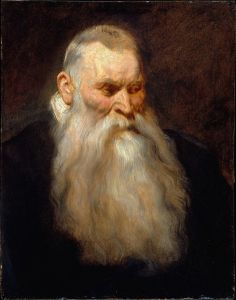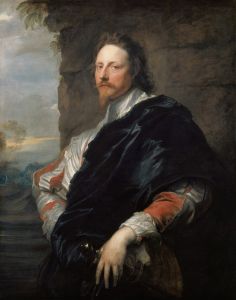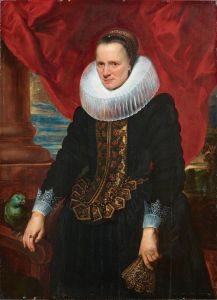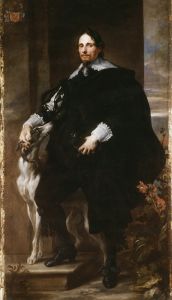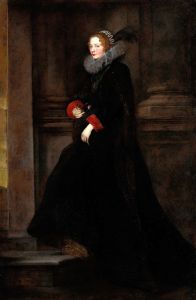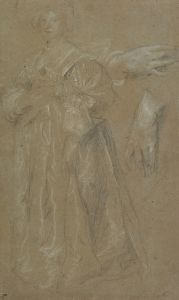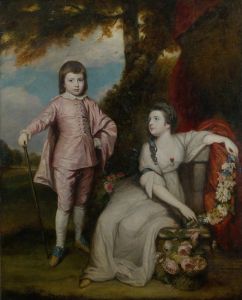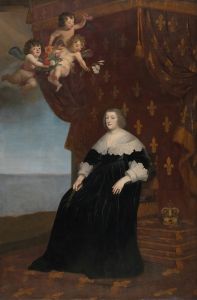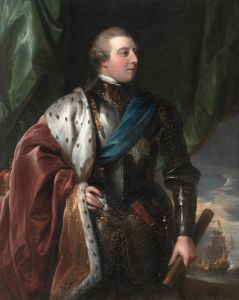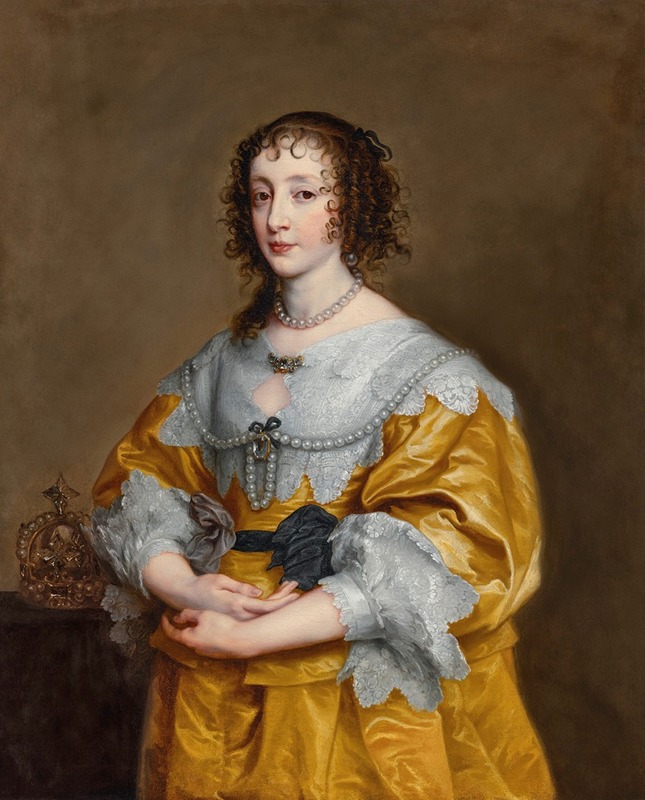
Portrait of Queen Henrietta Maria
A hand-painted replica of Anthony van Dyck’s masterpiece Portrait of Queen Henrietta Maria, meticulously crafted by professional artists to capture the true essence of the original. Each piece is created with museum-quality canvas and rare mineral pigments, carefully painted by experienced artists with delicate brushstrokes and rich, layered colors to perfectly recreate the texture of the original artwork. Unlike machine-printed reproductions, this hand-painted version brings the painting to life, infused with the artist’s emotions and skill in every stroke. Whether for personal collection or home decoration, it instantly elevates the artistic atmosphere of any space.
Anthony van Dyck's "Portrait of Queen Henrietta Maria" is a significant work of art that captures the likeness of Henrietta Maria of France, who was the queen consort of King Charles I of England. Van Dyck, a Flemish Baroque artist, was renowned for his portraits, particularly of the English court, and he served as the principal court painter to King Charles I. This portrait is one of several that van Dyck painted of the queen, reflecting both her status and the artist's prominence at the English court.
Henrietta Maria, born in 1609, was the daughter of King Henry IV of France and Marie de' Medici. She married Charles I in 1625, becoming the queen consort of England, Scotland, and Ireland. Her marriage was politically significant, as it was intended to strengthen the alliance between England and France. Henrietta Maria was a Roman Catholic, which was a point of contention in predominantly Protestant England and influenced her role and perception at court.
Van Dyck's portraiture is characterized by its elegance, attention to detail, and ability to convey the personality and status of his subjects. In his portraits of Henrietta Maria, van Dyck often depicted her with regal poise and grace, emphasizing her royal status and her role as a cultural patron. The portraits typically feature rich fabrics, intricate lace, and jewelry, highlighting the opulence of the court and the queen's own taste and influence.
The exact date of the "Portrait of Queen Henrietta Maria" is not always specified, as van Dyck painted her multiple times during his tenure in England, which lasted from 1632 until his death in 1641. These portraits were not only personal likenesses but also served as political tools, reinforcing the queen's image and presence both at home and abroad.
Van Dyck's work was instrumental in shaping the visual culture of the English court. His style influenced English portraiture for generations, and his depictions of the royal family, including Henrietta Maria, remain some of the most iconic images of the period. The portraits of Henrietta Maria by van Dyck are housed in various collections, including the Royal Collection and the National Gallery in London, among others.
Henrietta Maria's life was marked by the tumultuous events of the English Civil War, during which she supported her husband, King Charles I. After the war and the execution of Charles I in 1649, she lived in exile in France. Her legacy includes her patronage of the arts and her influence on the cultural landscape of the time.
Van Dyck's portraits of Henrietta Maria continue to be studied for their artistic merit and historical significance, offering insights into the courtly life of 17th-century England and the complex interplay of politics, religion, and art during her time as queen consort.





